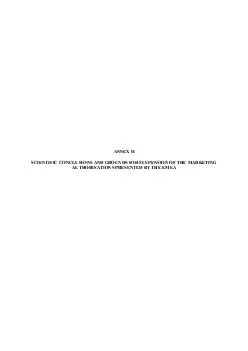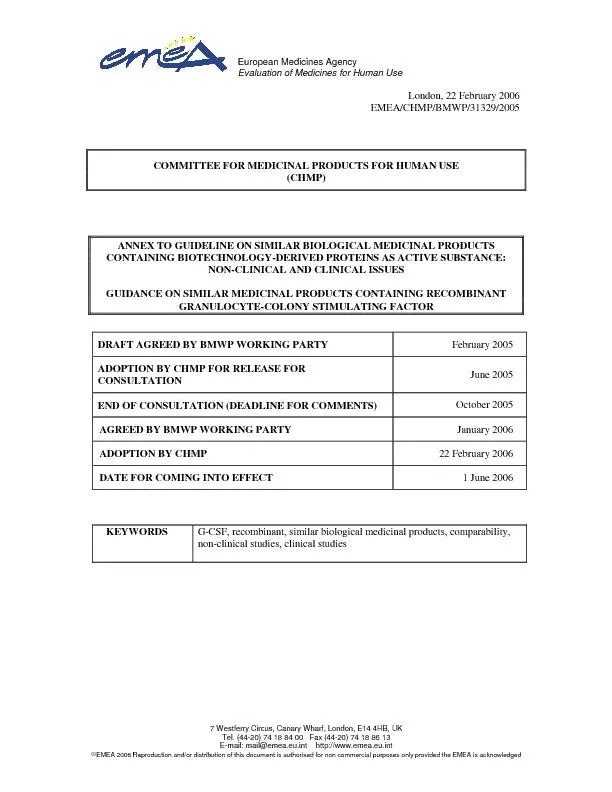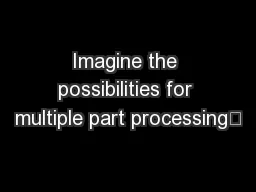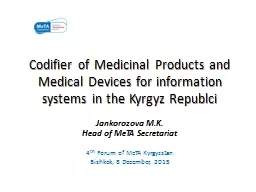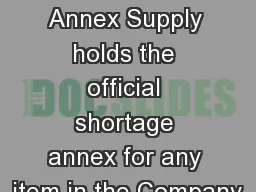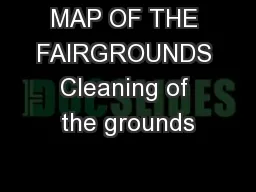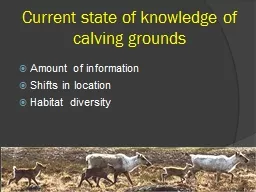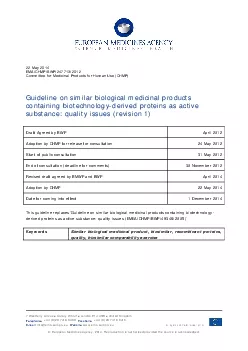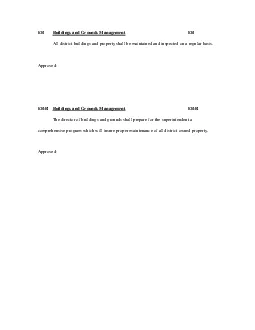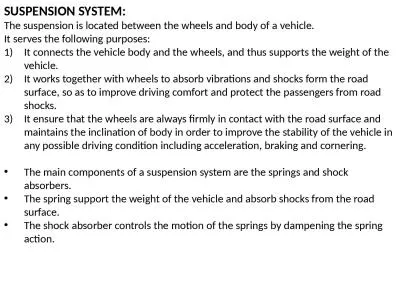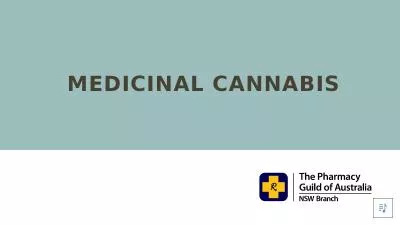PDF-ANNEX II SCIENTIFIC CONCLUSIONS AND GROUNDS FOR SUSPENSION OF THE MARKETING AUTHORISATIONS
Author : debby-jeon | Published Date : 2014-11-20
Medicinal products containing caris oprodol have been available in Europe since 1959 and are authorised in a number of EU Member States see Annex I for the list
Presentation Embed Code
Download Presentation
Download Presentation The PPT/PDF document "ANNEX II SCIENTIFIC CONCLUSIONS AND GROU..." is the property of its rightful owner. Permission is granted to download and print the materials on this website for personal, non-commercial use only, and to display it on your personal computer provided you do not modify the materials and that you retain all copyright notices contained in the materials. By downloading content from our website, you accept the terms of this agreement.
ANNEX II SCIENTIFIC CONCLUSIONS AND GROUNDS FOR SUSPENSION OF THE MARKETING AUTHORISATIONS: Transcript
Download Rules Of Document
"ANNEX II SCIENTIFIC CONCLUSIONS AND GROUNDS FOR SUSPENSION OF THE MARKETING AUTHORISATIONS"The content belongs to its owner. You may download and print it for personal use, without modification, and keep all copyright notices. By downloading, you agree to these terms.
Related Documents

